Hongqi presents electric cars and plans to launch in Germany
The car brand Hongqi, which belongs to the Chinese state-owned company FAW, presented an electric convertible and several electric car studies at the motor show in Beijing. The brand wants to compete in the luxury segment and try its luck with exports. To show that they mean business, Hongqi invited journalists from Europe and the Arab world to Beijing, including electrive editor-in-chief Peter Schwierz.
Hongqi builds vehicles for Chinese state representatives, among other things. Many Chinese ambassadors around the world are also travelling in Hongqi vehicles. Hongqi, in turn, markets its electric cars under a new sub-brand called Hongqi New Energy. The unit’s first model (motto: “Better Life, Better Ride”) is the EV7 saloon unveiled in March. There is now a convertible offshoot, which Hongqi revealed at the Auto China in Beijing.
A mint green electric convertible named Hongqi EH7 Convertible was on display in Beijing. It will be available as a rear-wheel drive and all-wheel drive version, and will have an NMC battery from CATL. Hongqi is not more precise at this point. The vehicle’s dimensions are 4,980 x 1,915 x 1,490 mm, with a wheelbase of 3,000 mm. The only currently disclosed performance figure is a sprint from 0 to 100 kph in 3.5 seconds. Even when asked, Hongqi representatives in Beijing did not reveal any further details about the drive or their suppliers.
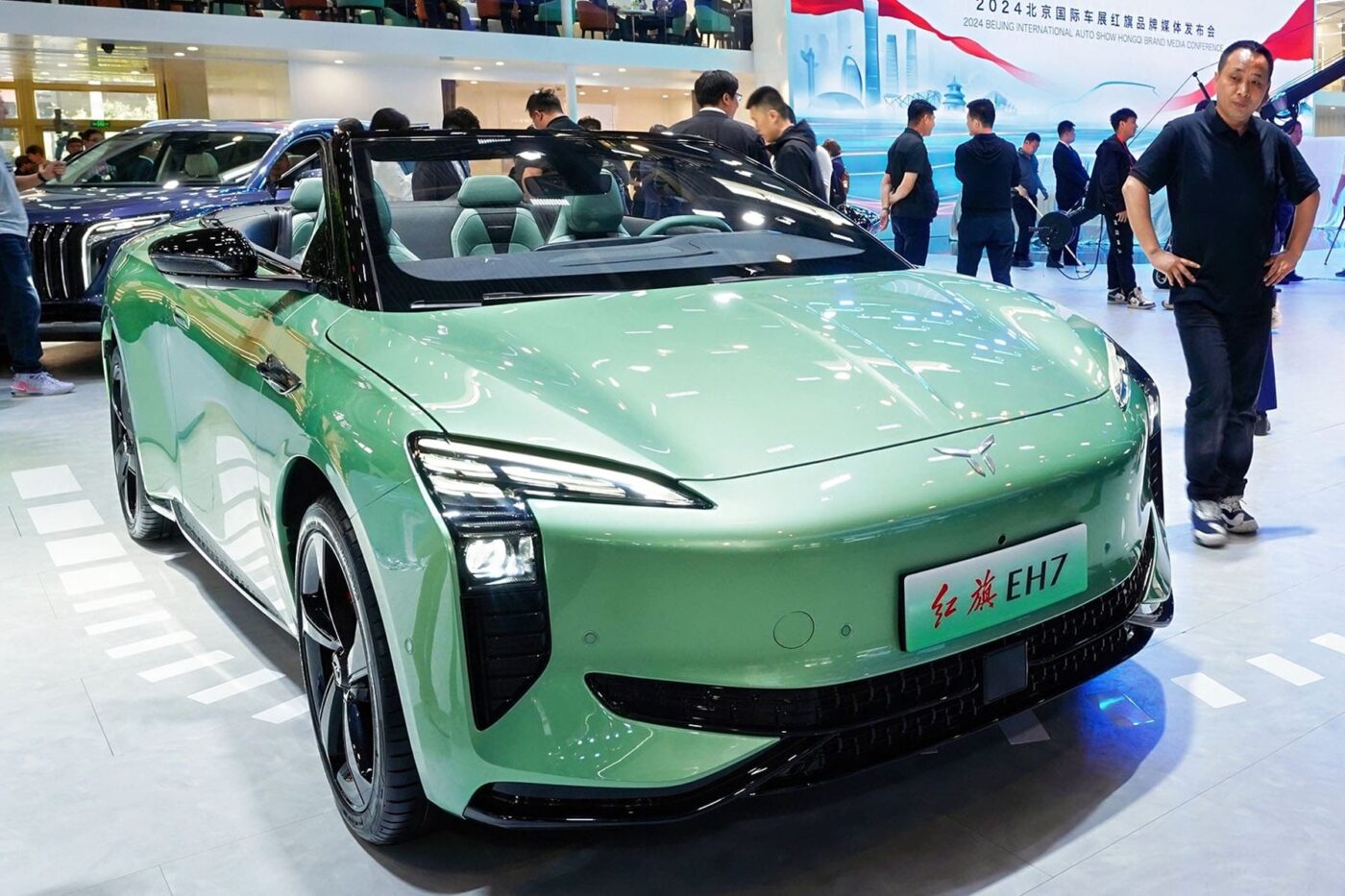
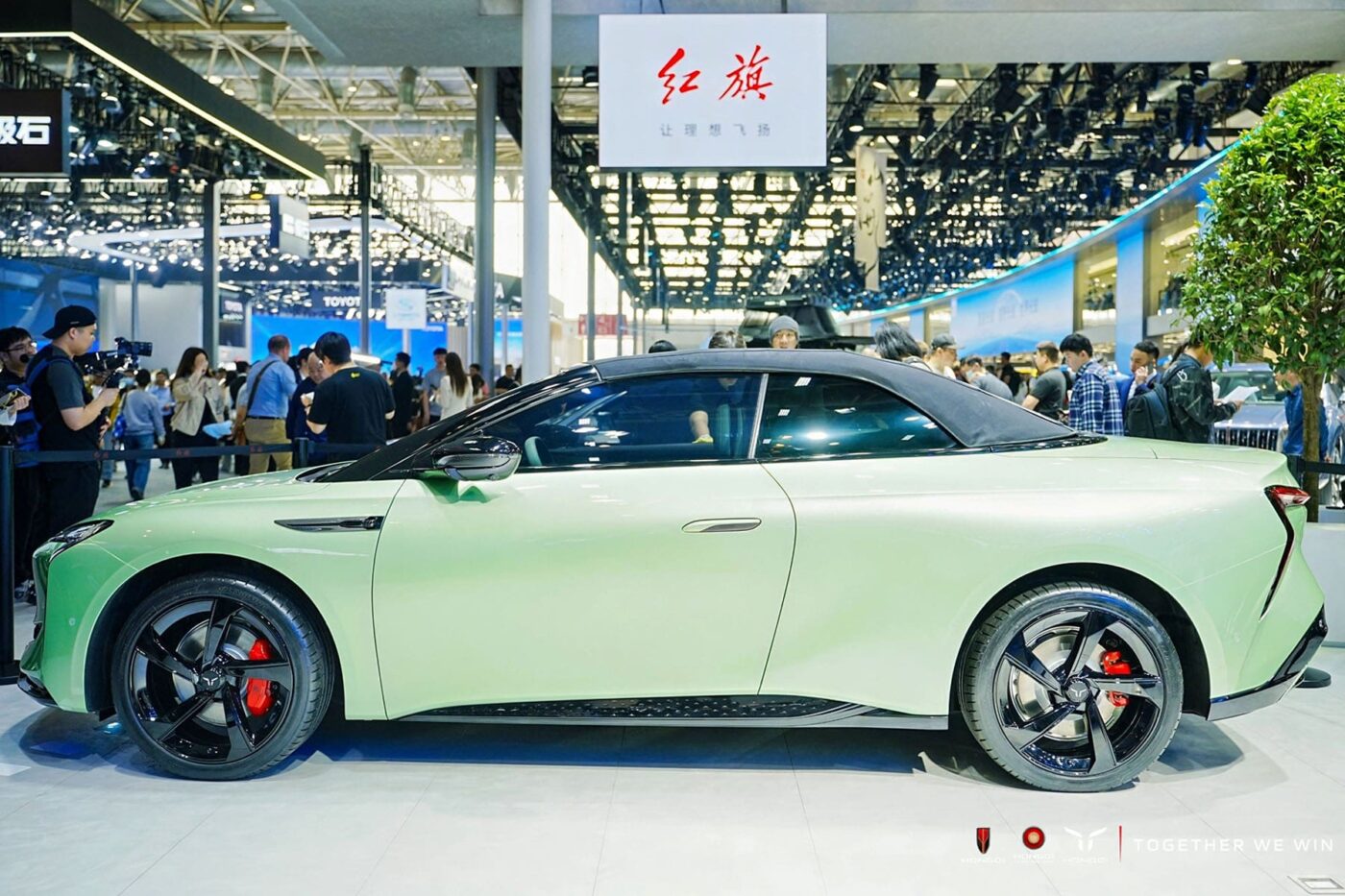
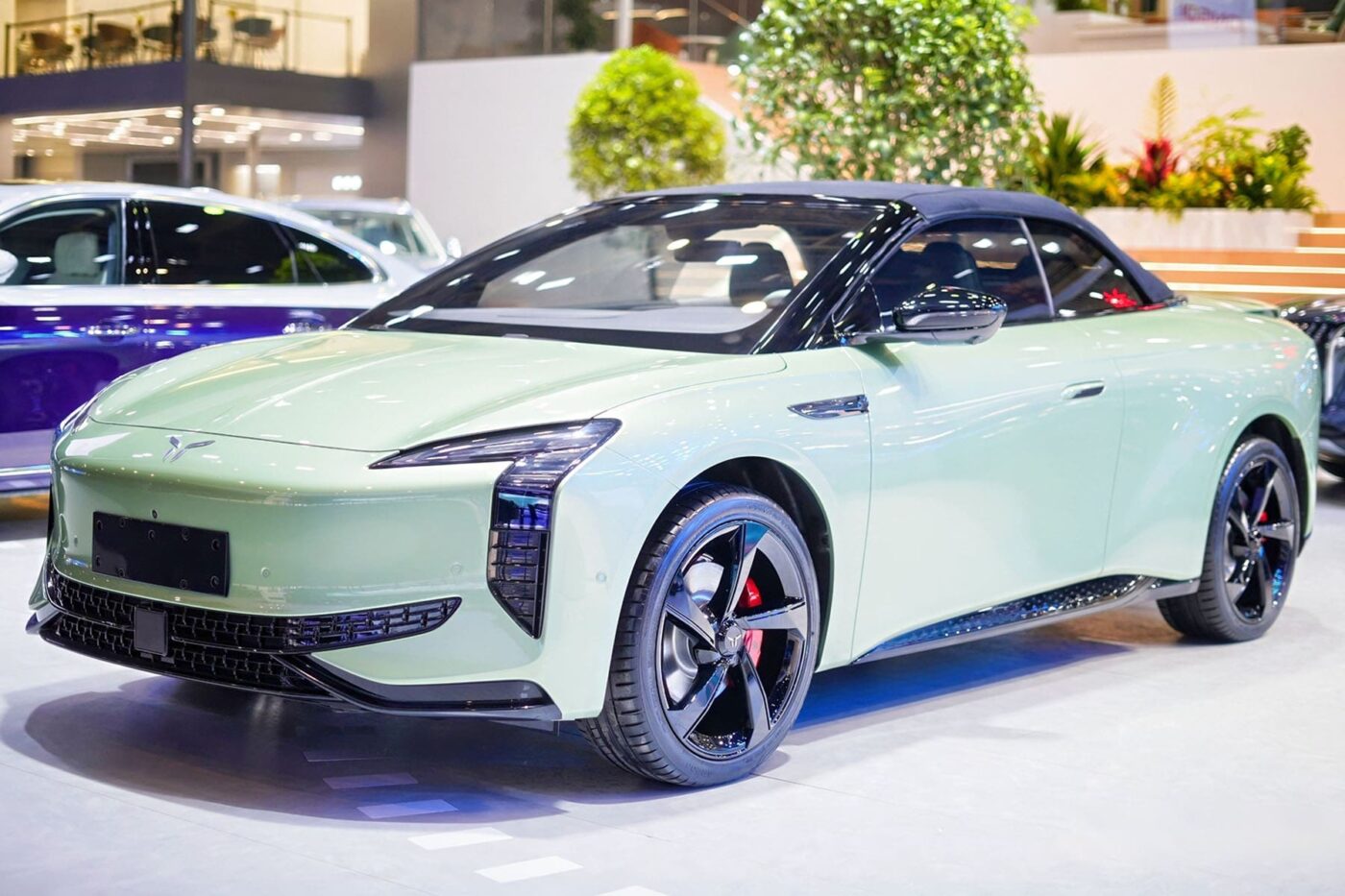
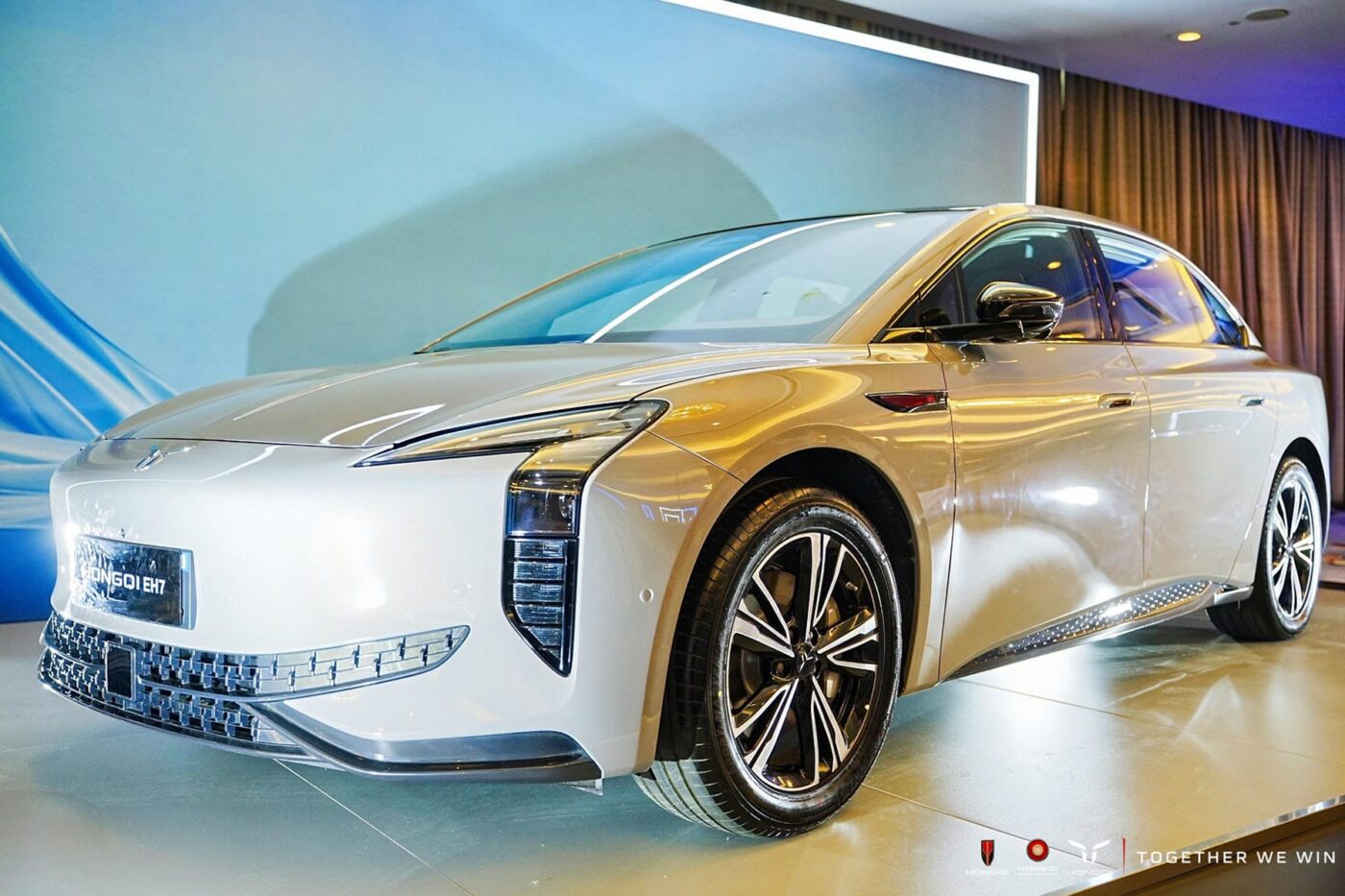
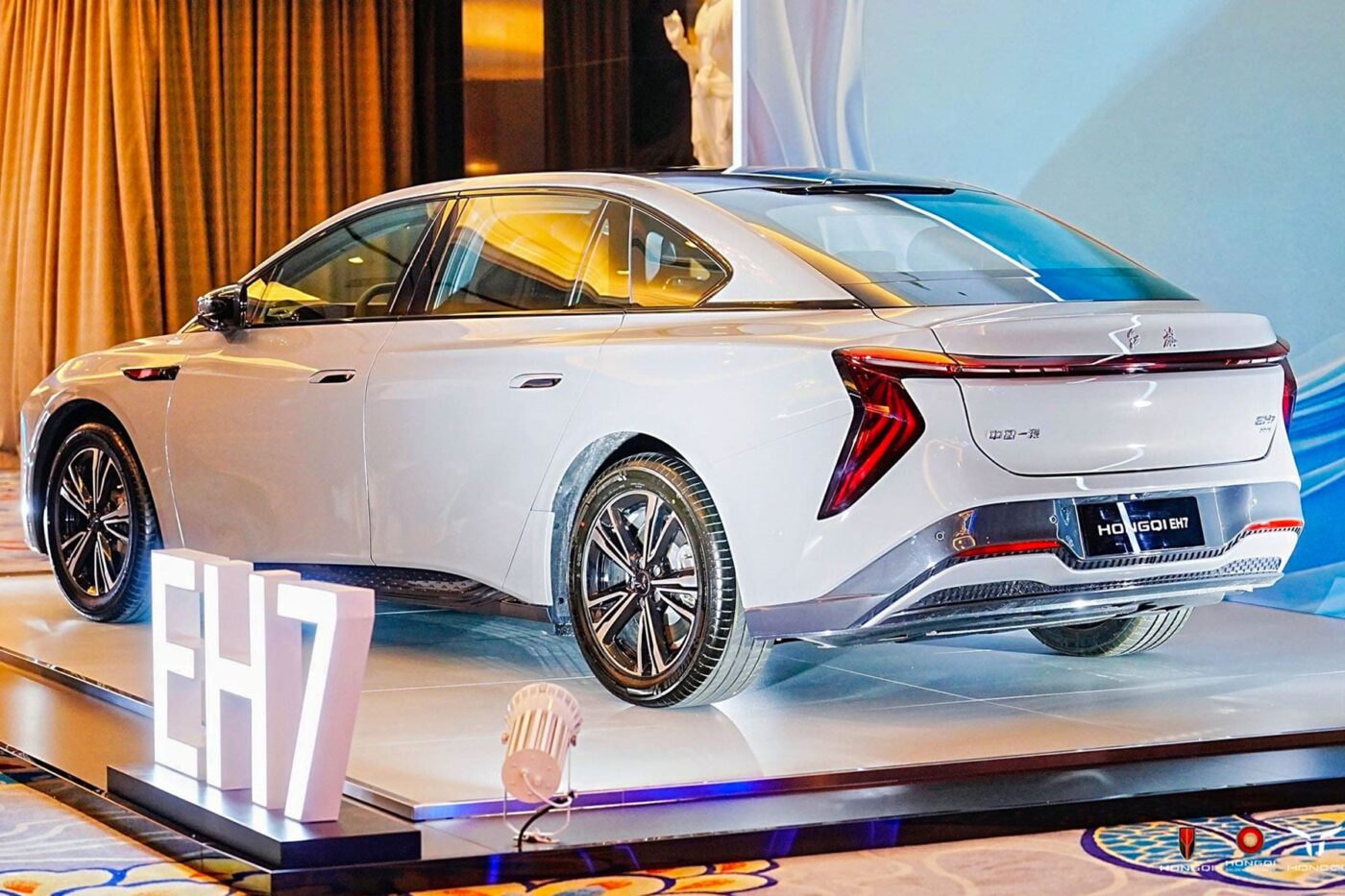
There are already more technical details about the related saloon. The Hongqi EV7 has five different drive versions – three rear-wheel and two all-wheel drive – and delivers a maximum output of 253 kW in the single-motor configuration with a 0 to 100 kph acceleration time of 5.8 seconds. As an all-wheel drive model, the most powerful version also has a 202 kW front-wheel drive, capable of the 3.5 seconds from 0 to 100 kph already mentioned for the convertible. There is a choice of 75, 85 or 111 kWh batteries for the saloon, which, according to Hongqi, enables a maximum range of 820 kilometres according to the Chinese test cycle. The manufacturer puts the maximum charging power at 365 kW. Prices range between 229,800 and 309,800 yuan (approx. 29,600 to 39,900 euros).
The performance figures of the convertible offshoot are likely to differ only marginally from these drive data. Visually, the new model also adopts the design features of the saloon, such as the closed radiator grille or the strikingly shaped headlights. Inside, the EH7 Cabrio has a curved 6-inch screen, a 15.5-inch dual-screen display and an augmented reality head-up display. Prices for the model are not yet known.
The electric cabriolet’s appearance in Beijing will be flanked by the presentation of a trio of electric concept cars called the E702, E009 and E007. All of them are developed under the responsibility of Hongqi New Energy. The EV702 is the concept of an electric flagship saloon, the EV009 is a smaller saloon, and the EV007 is a typical midsize SUV. The latter, in particular, could be a hit in Europe. Those responsible at Hongqi described the market as “particularly important” several times at the press conference. They want to compete with Mercedes, Audi, and the like, but undercut them in price. To this end, they want to “prepare the electric cars well” for Europe and position themselves as a Chinese luxury brand with an “unlimited” warranty. How they will implement that in practice, however, remained unanswered.
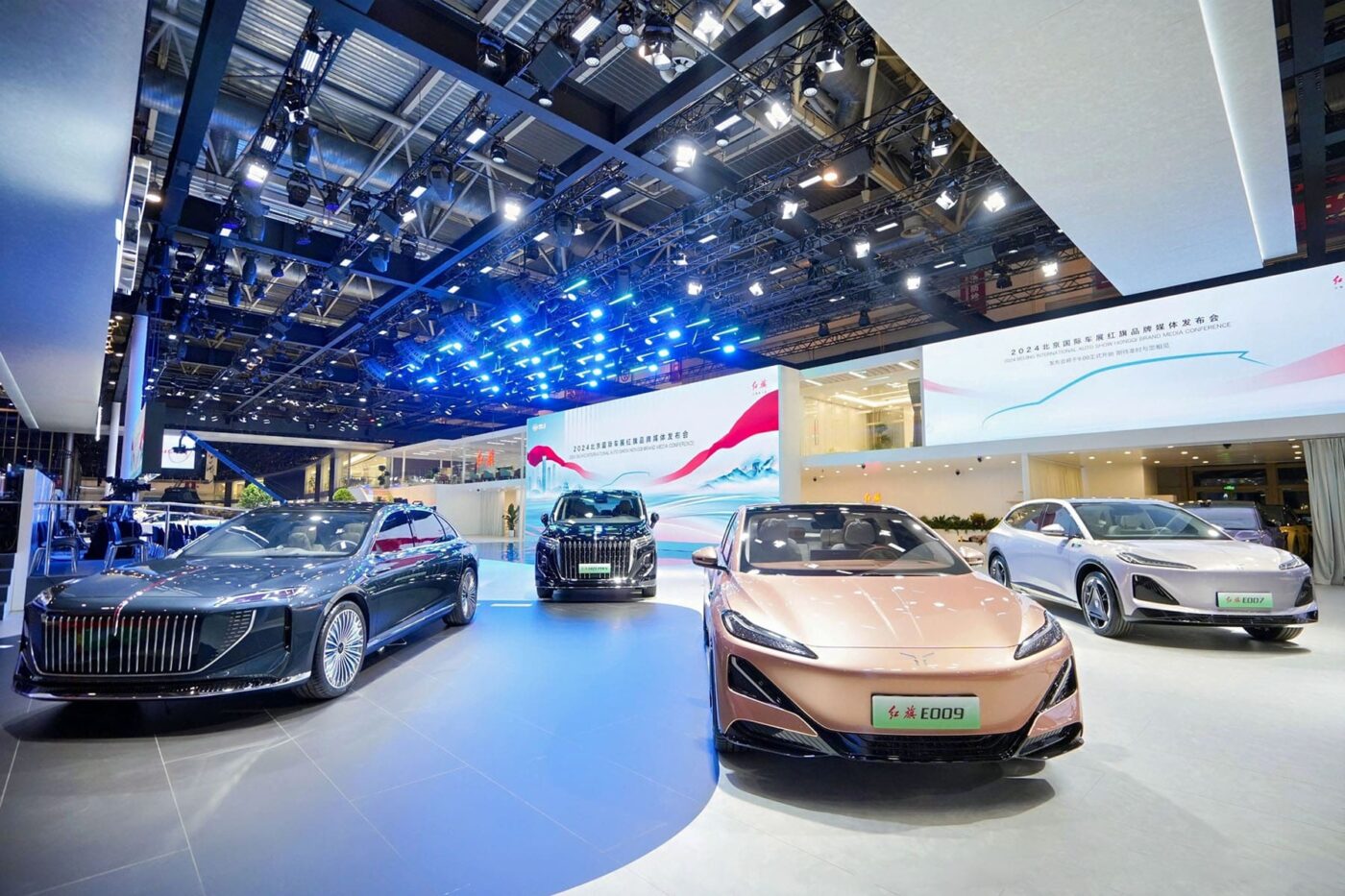
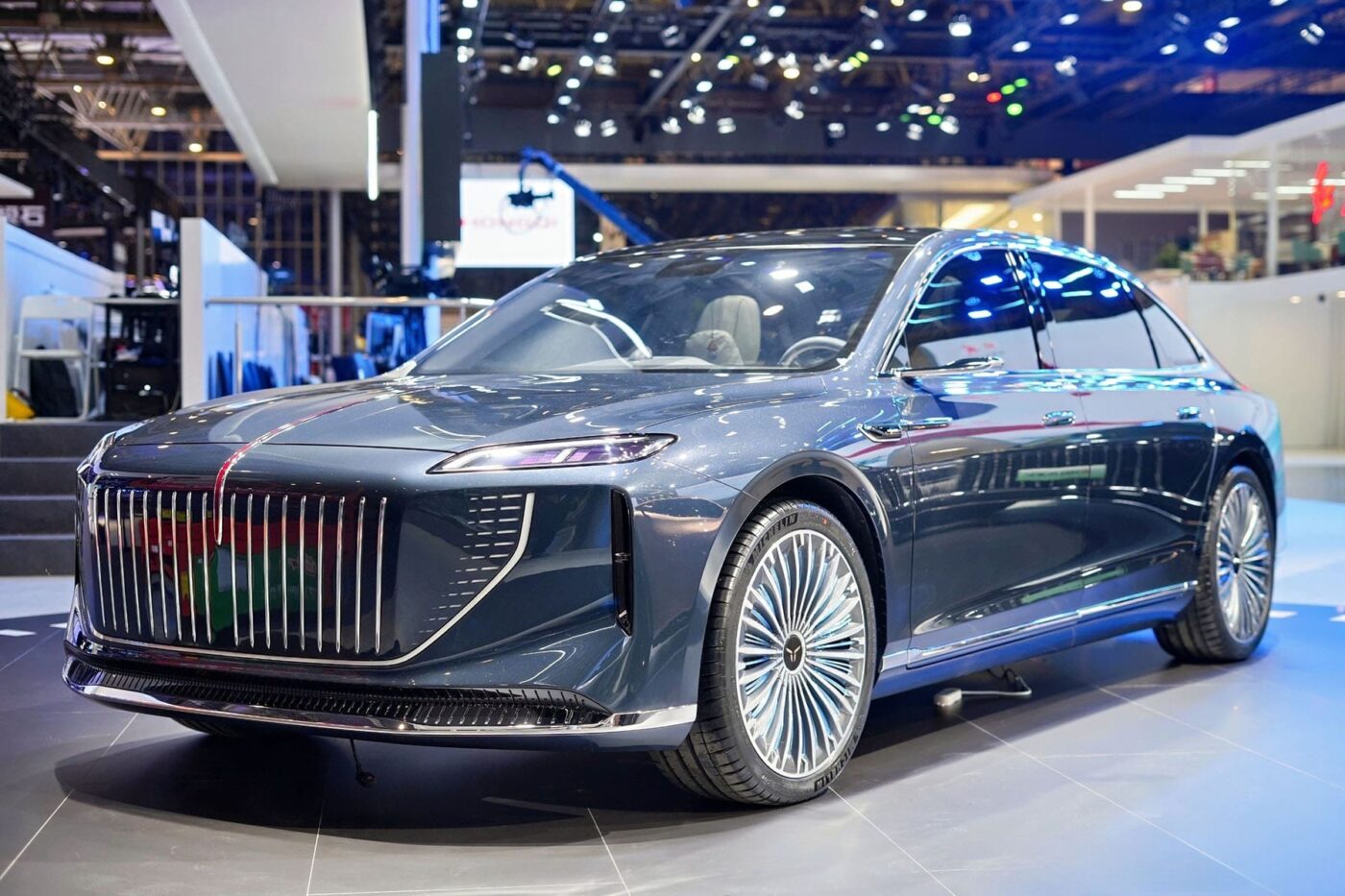
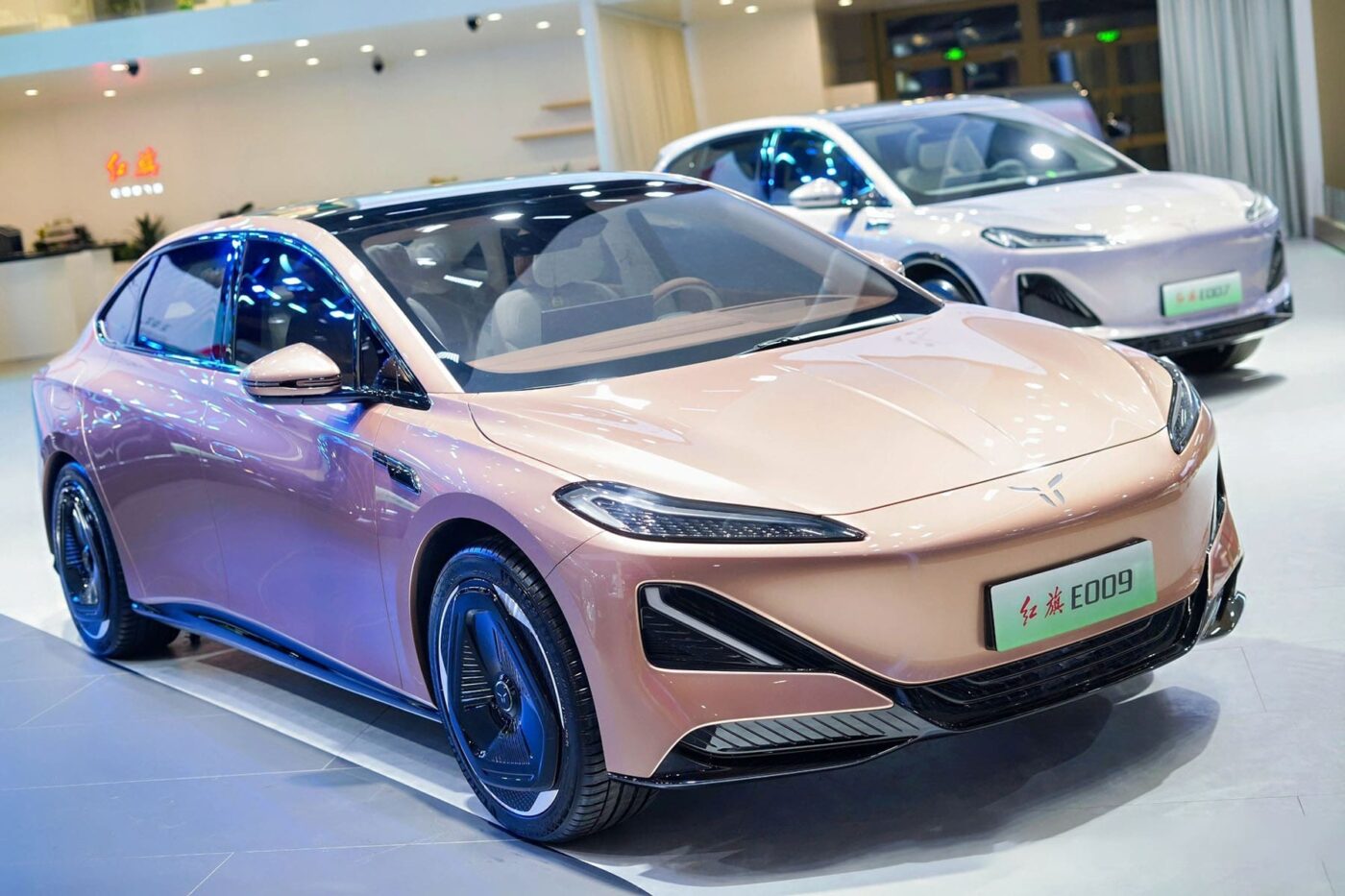
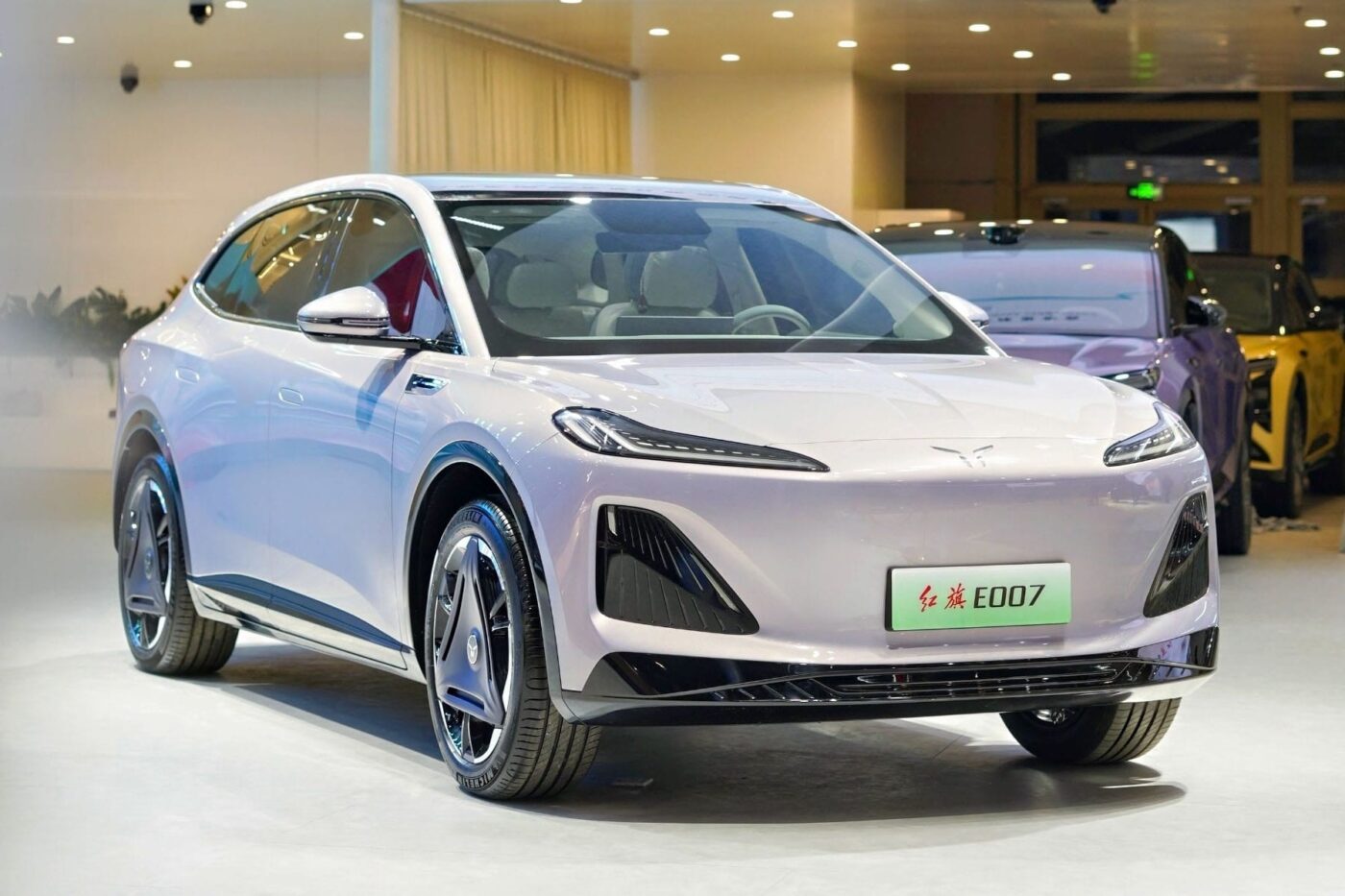
Meanwhile, the Hongqi website only lists the electric SUV E-HS9 and the electric saloon E-QM5 among its electric vehicles. Both are over five metres long. According to Hongqi, it also plans vehicle variants with interchangeable batteries. It is already known that FAW cooperates with BYD on batteries. In Beijing, the managers said they were working with CATL and BYD, which would be a good fit.
Both sides started series production at their new joint battery factory in Changchun in February. It will have an annual capacity of 15 GWh at the start and expand to 45 GWh. Blade battery packs will be produced there – initially for Hongqi. The cooperation does not come as a surprise: FAW has already been using BYD blade batteries in the E-QM5, for example, for some time.
The blade battery is an in-house development from BYD. The name refers to the unusual format: the pouch cells are very long and, therefore, resemble a sword blade. The elongated cells, produced exclusively using LFP chemistry, are installed in the battery packs at right angles to the direction of travel. However, there are different variants. BYD uses cell-to-pack and cell-to-body versions of its battery packs in its electric cars.
Even though many questions remain unanswered in China, it was more than clear that the manufacturer is serious about its export strategy. By 2028, it wants to export 500,000 cars (combustion, hybrid and electric). The portfolio will include 17 models by 2026 – including seven purely electric vehicles. Hongqi plans to sell around 65,000 of these globally in 2027 and around 94,000 in 2028. The Chinese company will initially focus on Europe and the Middle East.
carnewschina.com (Cabrio), carnewschina.com (Konzepte), hongqi-auto.com (E-HS9), hongqi-auto.com (E-QM5) , own research on site

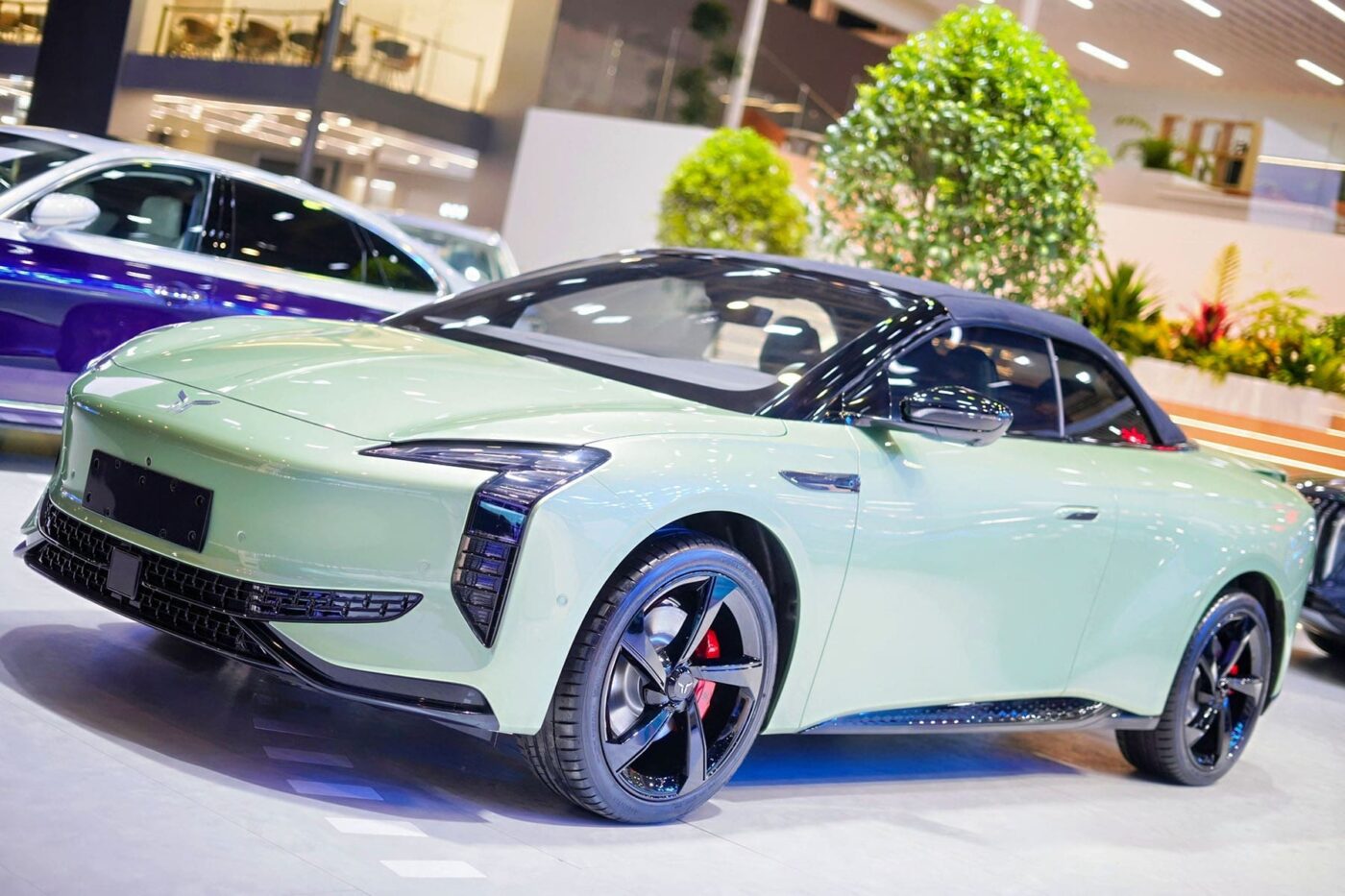


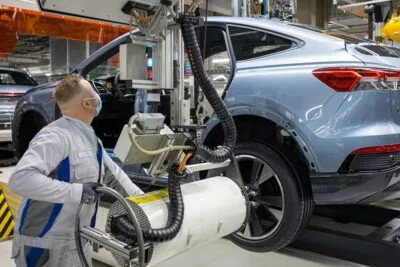
0 Comments